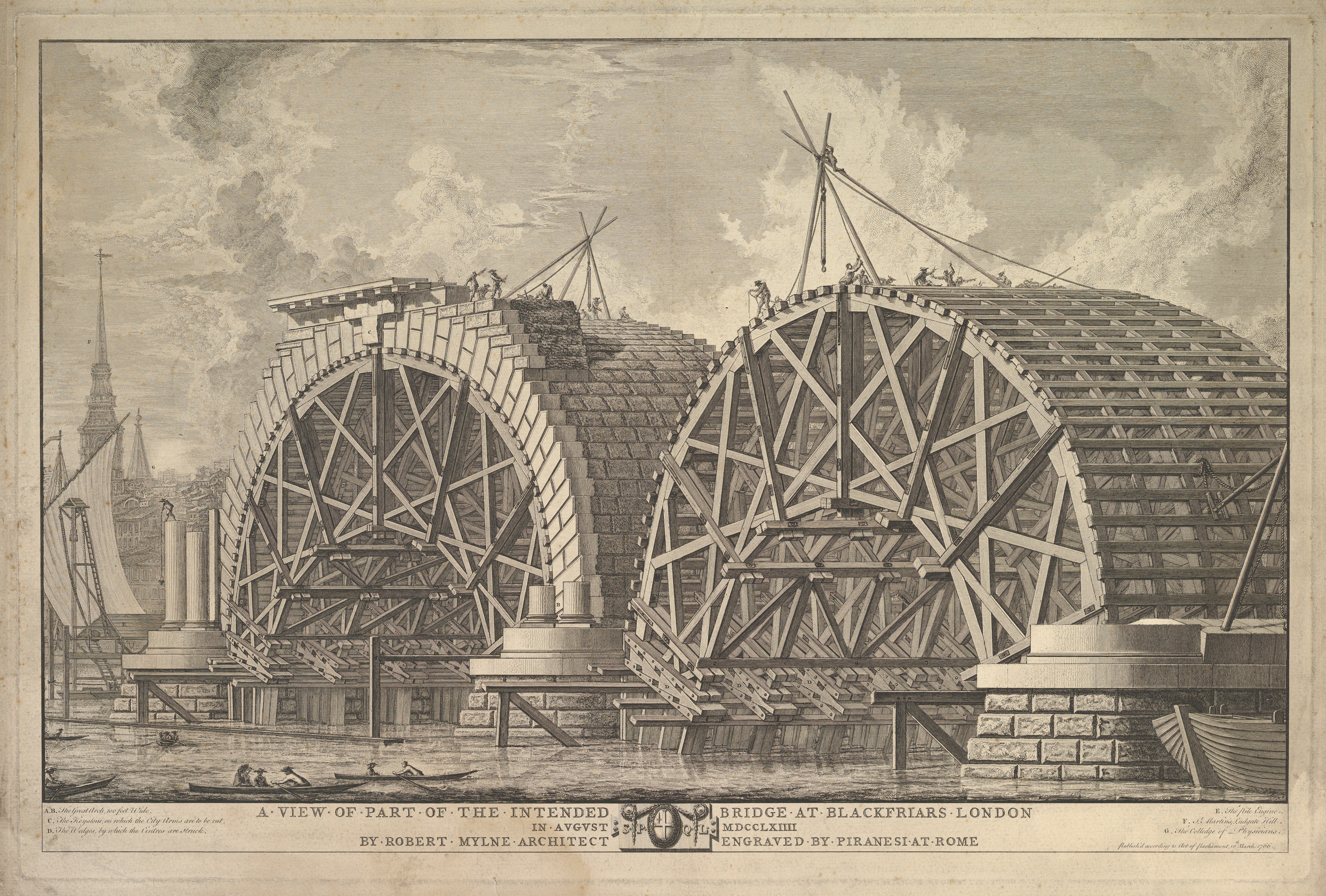People commented at the time that Piranesi came out that you could read in it Susanna Clarke's experiences with chronic illness, and, primed for that, I can see it, but talking to the ninja girl this morning, I was thinking about it more in terms of death and rebirth (or death and afterlife), and I was thinking: it's a really a daring choice to center your story on a person after death, so to speak, a person who's in eternity.
I really viscerally disliked 17,776, another story that deals with being in eternity, but this one I viscerally loved. I think it's because of the sense of inherent meaning, work, purpose, and peace that pervades the narrator's existence in Piranesi
And even though I said that it deals with a person who's in eternity, maybe it matters/helps that actually, even though that's the sense the story gives, he actually *isn't*. He's still mortal and even thinks about his eventual death. So really it's a rebirth story. But rebirth requires death, and I'm thinking of the really painful, awful bits, where the narrator finds the scraps of Matthew Rose Sorensen's agonized, furious entries as he feels himself, essentially, dying. He's full of pain and hatred--understandable. And yet the narrator, the Child of the House, feels none of those things anymore.
I like that the story doesn't deny the suffering and yet lets the Child of the House's outlook be enduring.
I really viscerally disliked 17,776, another story that deals with being in eternity, but this one I viscerally loved. I think it's because of the sense of inherent meaning, work, purpose, and peace that pervades the narrator's existence in Piranesi
And even though I said that it deals with a person who's in eternity, maybe it matters/helps that actually, even though that's the sense the story gives, he actually *isn't*. He's still mortal and even thinks about his eventual death. So really it's a rebirth story. But rebirth requires death, and I'm thinking of the really painful, awful bits, where the narrator finds the scraps of Matthew Rose Sorensen's agonized, furious entries as he feels himself, essentially, dying. He's full of pain and hatred--understandable. And yet the narrator, the Child of the House, feels none of those things anymore.
I like that the story doesn't deny the suffering and yet lets the Child of the House's outlook be enduring.
